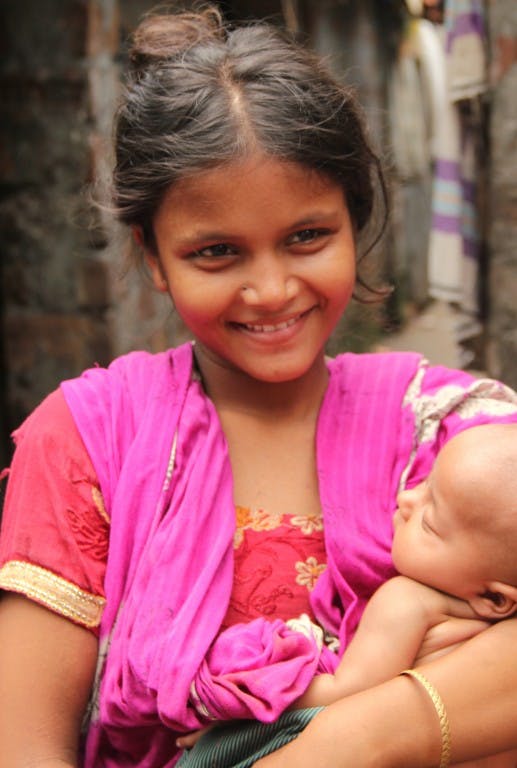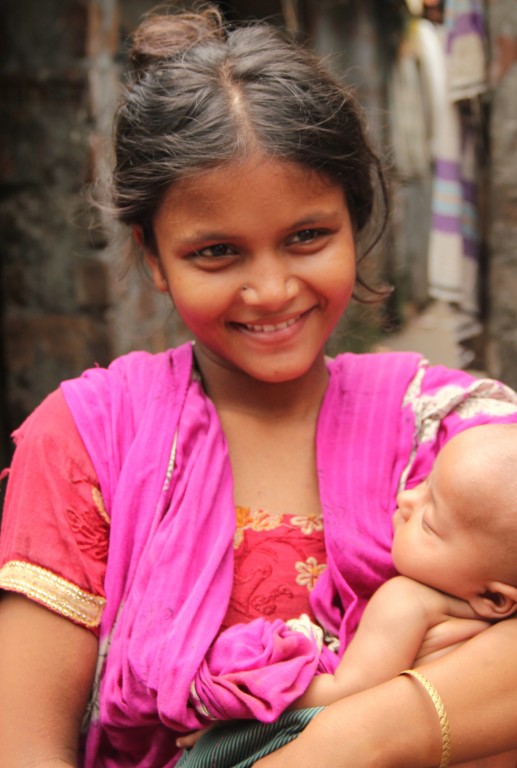Internet Empowering Aid Land
Jan 21, 2015
Story


Hello. I work at shiree, as the advocacy advisor of a livelihood programme that aims to help 300,000 families climb out of extreme poverty. In plain words, we give assets to very poor families to help them earn money. These families, our ‘beneficiaries’, then have a chance to make a transformational change in their lives and break the inter-generational transfer of poverty.
Around the world, the burden of poverty falls on mothers, and in Bangladesh this is also the case. Many of the families I work with are female-headed, child marriage is common, domestic abuse is prevalent and dowries are the norm. This is a sad situation but the good news is that the internet has helped me empower these marginalized women in many ways.
I use the internet to liaise with our partners, share advocacy messages and create platforms for communities to lobby for policy change, research and present articles, and so much more! But if I were to select the single most important thing I’m doing right now with the internet for our beneficiaries, I would have to tell you about our Change Monitoring System (CMS) and how it helps me keep track of the families I work with.
CMS is an innovative, digital monitoring tool that enables us to take monthly ‘snapshot’ surveys of ALL our beneficiaries. A field officer, with a mobile phone, administers the survey and immediately the answers feed into our website where I can examine the data. This not only saves money and paper, but also, it makes it possible for me to go into great detail on a census basis, regularly!
I can see if a particular family has come upon hard times or is struggling to make ends meet. I can identify regional vulnerabilities or challenges. I am able to make an immediate and strategic decision about how to help them out of the situation. I have a supplementary fund I can draw from in case of emergencies, or other avenues I can try to devise customized solutions targeting those with specific needs.
Without this technology, we would have to rely on traditional baseline surveys, annual progress reports, randomized trials and occasional field visits. This sort of online monitoring is the first step to offline empowerment (training, additional support, etc) and I believe it is a key tool necessary for the efficient and effective delivery of aid money through development agents or cash transfers from governments. It ensures accountability, transparency and monitoring of progress.
This is particularly helpful for women, as women are the main bearers of extreme poverty. Also, we have special indicators within our system that address gender specific vulnerabilities such as child marriage, dowry, domestic abuse, pregnancy, etc. With this online tool, I am able to keep track of, for example, a family with a sixteen year old girl who might be married off if they run into hard times.
To know more about this example, watch for my next journal entry! =) Thanks!




